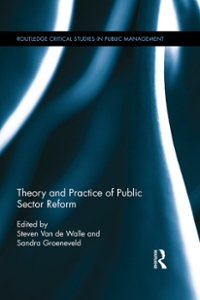Question
These questions address the short run effects of financial shocks and policy responses on the overall economic performance of an economy that initially runs a
These questions address the short run effects of financial shocks and policy responses on the overall economic performance of an economy that initially runs a current account deficit. They refer to a length of run over which the productive capital stock is fixed, determined by previous investment. New investment creates expenditure on current GDP but does yet not affect current production capacity. External factor income flows net out at zero.
All questions require diagrams that represent the domestic financial capital market and the market for foreign exchange, interlinked by the balance of payments (BoP = CA + KA = 0), and the money market, interlinked in turn with the financial capital market by the real long maturity yield, r. Unless otherwise stated, assume there is no expected inflation (?e = 0, so the nominal and real long maturity yields are equal, i = r), and assume at the outset that all markets clear, including the labour market, and hence that the nominal wage, W, is flexible. Revise these assumptions only when instructed.

Step by Step Solution
There are 3 Steps involved in it
Step: 1

Get Instant Access to Expert-Tailored Solutions
See step-by-step solutions with expert insights and AI powered tools for academic success
Step: 2

Step: 3

Ace Your Homework with AI
Get the answers you need in no time with our AI-driven, step-by-step assistance
Get Started


